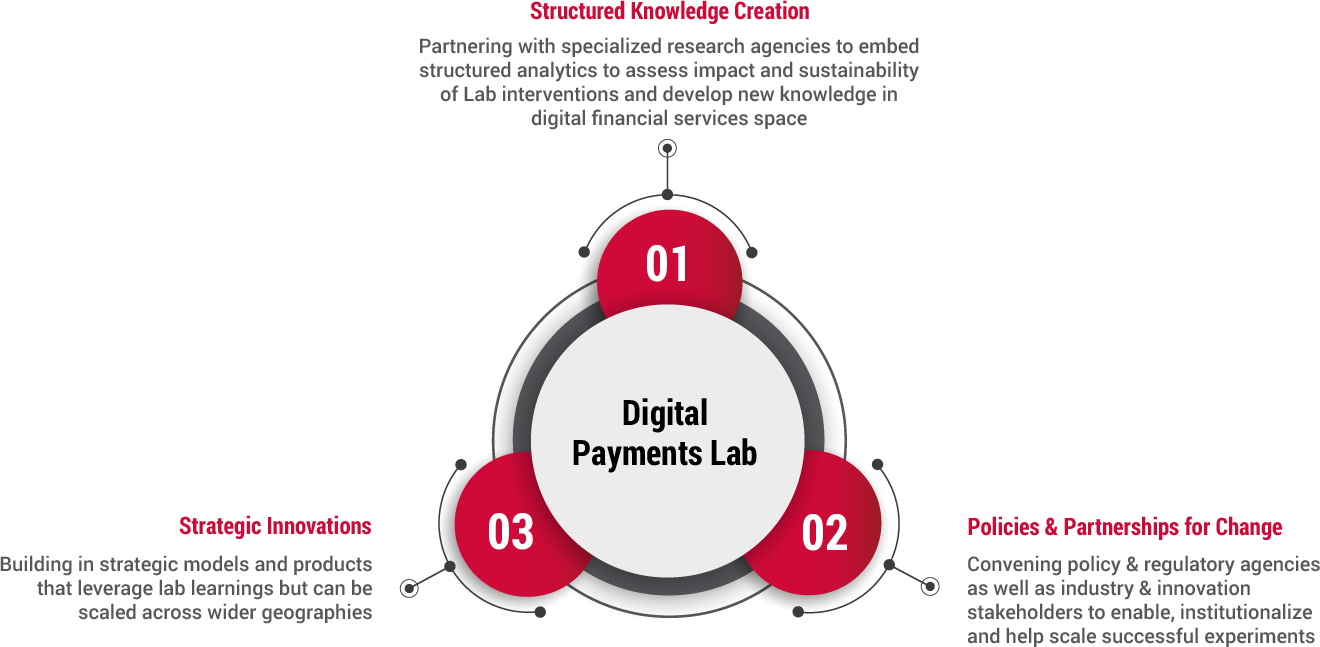MILKING THE BENEFITS OF DIGITAL PAYMENTS - A JOURNEY TOWARDS FINDING SIMPLE SOLUTIONS
The rickety blue metal box milk booth at the edge of Bapu Bazaar in Pink City Jaipur has been standing strong for the past 30 years. Muhammad Juber Qureshi beams with pride as he reminisces its history and the integral part it has played in his life. Set up opposite his ancestral home, one that the Qureshi family has inhabited for the past 250 years, the milk booth is almost a landmark around which the bazaar has grown.
Established by his grandfather, today, the booth is managed by Juber and his father Muhammad Iqbal Qureshi. Besides milk, the booth stocks cold drinks, chips and biscuits, while also operating as a tea-stall. Sixty-five-year-old Iqbal wakes up at 3 am every morning to collect the first batch of milk. The father and son duo have divided their time and duties at the booth with almost surgical precision and have stuck to their schedule religiously for over a decade now. While Iqbal spends the early hours at the booth and returns home to rest at 10 am, Juber starts his day at 8 am and comes back home only after shutting the booth at 10 pm. Post-noon, the duo is together at the booth, each taking care of specific administrative duties to keep the booth running smoothly.
RS. 20,000 A MONTH, FEED THE FAMILY OF TEN
The Qureshi’s milk booth recorded an average daily sale of eight milk crates when they started. However, their business has grown exponentially. They now buy and sell about 70 crates of milk a day, with 24 litres in each crate. The earnings from the booth, about Rs. 20,000 a month, feed the family of ten.
The distributor, who is also an entrepreneur in charge of milk distribution and collection of payments, usually drops off the milk crates at the retailer’s doorstep. However, the Qureshis’ milk booth is in a narrow lane, which makes it impossible for the distributor’s delivery truck to reach its doorstep.
So Iqbal uses his elder son’s hand rickshaw to drag back the 350 litres of milk to his booth from the drop-off point. Juber has raised this issue with the dairy and is awaiting a resolution.
The distributor is also responsible for the daily collection of payments from all the retailers in his zone, almost all of which is in cash. He then needs to count, reconcile and deposit the full amount in his bank account in order to make the payment to the dairy, which only accepts payments through cheques or bank transfers. Thus, the responsibility of digitization of cash rests with the distributor.
OPTIMISTIC ABOUT DIGITAL PAYMENT MECHANISMS
Always on the lookout for opportunities to develop their business further, Juber is extremely optimistic about the introduction of digital payment mechanisms in the dairy delivery space. He has recently started making all his payments digitally using an application on his smartphone. Through the app, he is able to now instantly transfer the money from his bank account to the distributor’s account. The digital invoice that the app sends back almost immediately helps him to keep
BENEFITS BY REDUCING THE BURDEN OF PHYSICAL CASH COLLECTION
his records up to date. However, he needs to digitize the cash that he receives from his customers to make these payments and that is his pain-point.
“I was constantly looking for a solution like this (digital payment mechanism) and I hope that all milk booths across the city adopt this digital paymen system soon,” he says.
While digital payments largely benefit the distributors by reducing the burden of physical cash collection and the associated costs, the retailers also stand to gain from this. Earlier, retailers spent a lot of time manually maintaining registers with daily payment details for their records. Now, using the digital payment solution that provides digital invoices and payment history, they are able to use the saved time for other important things.
CHALLENGES IN SHIFT FROM CASH SYSTEM TO DIGITAL PAYMENT
From the farm to the breakfast table, a glass of milk goes through a rollercoaster ride – a journey in which men like Juber and his father Iqbal play a crucial role. This transformative shift from a cash-entrenched system to digital payments definitely has its share of hardships and pain-points. However, the journey has just begun and once these challenges are overcome, there are potential benefits down the road for both stakeholders, primarily monetary, in the case of distributors, and non-monetary for the retailers.

